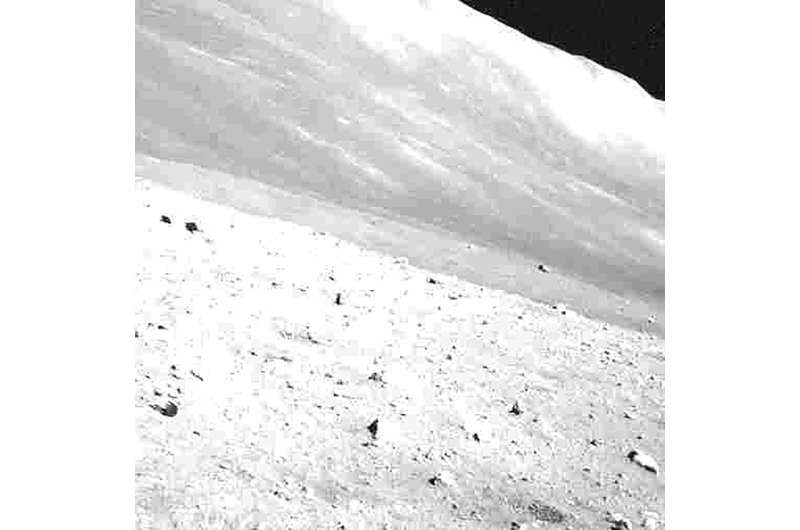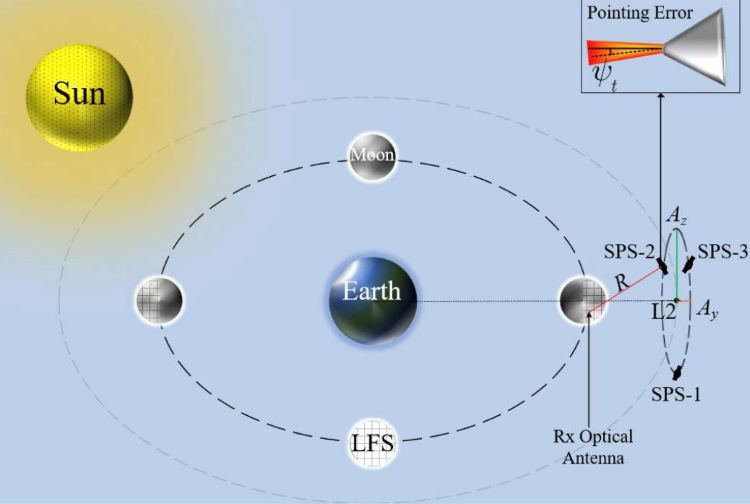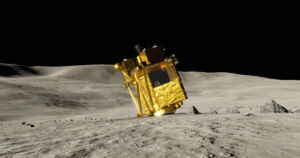Ground-based interferometry on Earth has proven to be a successful method for conducting science by combining light from several telescopes into acting like a single large telescope. But how can a ultraviolet (UV)/optical interferometer telescope on the Moon deliver enhanced science, and can the Artemis missions help make this a reality? This is what a recently submitted study to the SPIE Astronomical Telescopes + Instrumentation 2024 conference hopes to address as a team of researchers propose the Artemis-enabled Stellar Imager (AeSI) that, as its name implies, could potentially be delivered to the lunar surface via NASA’s upcoming Artemis missions. This proposal was recently accepted as a Phase 1 study through NASA’s Innovative Advanced Concepts (NIAC) program and holds the potential to develop revolutionary extremely high-angular resolution way of conducting science on other planetary bodies while contributing to other missions, as well.
Continue reading “Artemis Missions Could Put the most Powerful imaging Telescope on the Moon”Artemis Missions Could Put the most Powerful imaging Telescope on the Moon










